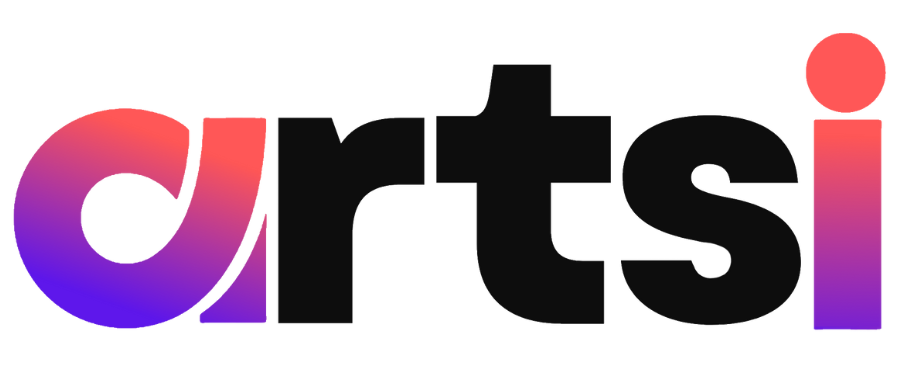
Introduction
As technology continues to rapidly grow, the art world has been facing the question: is AI generated art the future of our industry?
AI Generated Art is created using artificial intelligence technology, often with a computer program or algorithm being used as the artist. The process can range from simply assisting a human artist in creating their work, to the computer program creating the entire piece on its own.
Proponents of AI generated art argue that it offers endless possibilities for creativity and innovation, as well as a way to break traditional boundaries in art. Critics, however, worry that using AI takes away from the unique human touch and emotion that makes art so powerful.
But what does it mean for the future of the art world if AI becomes more widely used in creating and selling artwork?

On one hand, some argue that AI generated art could open up a whole new market and potentially increase overall sales. A computer program can produce an infinite amount of unique pieces, expanding the potential reach of the art world.
On the other hand, there are concerns that AI generated art could devalue human created artwork and make it harder for traditional artists to compete in the market. Additionally, some worry that using AI technology in art may lead to copyright issues or even create a new “grey market” where it’s difficult to determine the true creator of a piece.
What is AI generated art?
But before diving into the potential future of AI generated art in the industry, it’s important to understand what exactly this type of artwork entails.
AI generated art can take on many forms, from a computer program being used as the sole creator of a piece to simply assisting a human artist in their process. One example is the widely popular “The Next Rembrandt” project, where AI technology was used to analyze nearly 350 of Rembrandt’s paintings and then create a completely new and unique piece in his style.
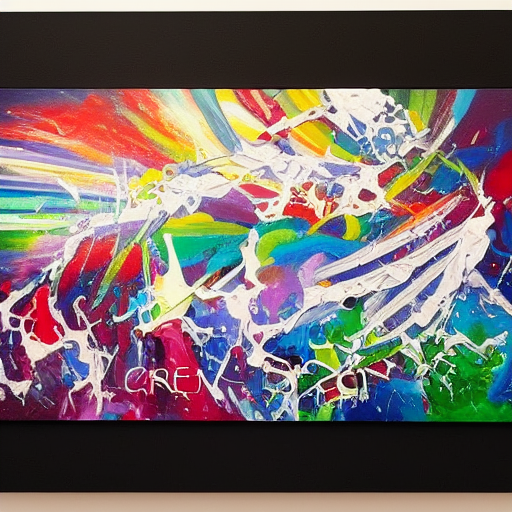
Some AI generated art is created using “generative adversarial networks” or GANs, where two neural networks compete with each other to produce the most realistic output. One famous example of this is a portrait called “Portrait of Edmond de Belamy,” which sold for a whopping $432,500 at a Christie’s auction in 2018.
While AI generated art may be a fairly new concept, it’s clear that it is rapidly gaining attention and popularity in the art world. As popular AI art generators have hit the market and are becoming widely available, the question remains: should we embrace this technology or reject it?
The debate over AI generated art
So where does the debate stem from?
Proponents argue that AI generated art offers endless possibilities for creativity and innovation, as well as a way to challenge traditional notions of art and artistic skill. Additionally, some see the use of AI technology in the art world as inevitable, as it’s already being used in various industries such as finance and medicine.
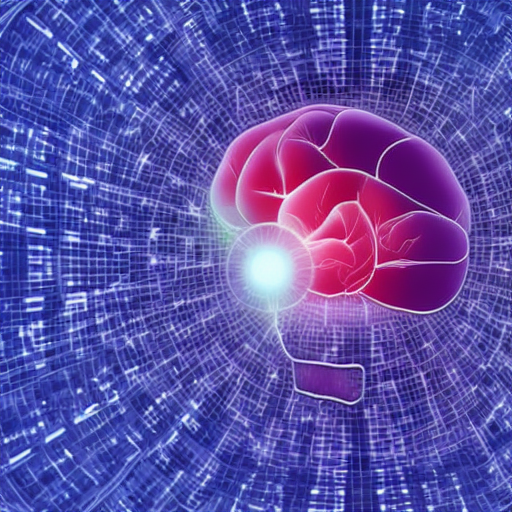
On the other hand, critics worry that using AI takes away from the unique human touch and emotion that makes art so powerful. They also argue that it blurs the lines of ownership and originality, as well as potentially devaluing human created artwork in the market.
Is AI the future of art?
When it comes to the future of art, there is one question on everyone’s mind: will artificial intelligence take over “art” as we know it? Some people believe that AI will soon be able to create pieces that are more creative and technically proficient than anything a human could produce. However, others think that AI will never be able to replace the creativity and soul of art.
Some people believe that AI will soon be able to create pieces that are more creative and technically proficient than anything a human could produce.
The reasoning behind this claim is that AI can process large amounts of data much faster than a human brain, meaning that it can consider more options and possibilities when creating a piece of art. In addition, AI is not limited by human constraints such as fatigue or emotion. For these reasons, some believe that AI has the potential to create truly unique and stunning pieces of art.
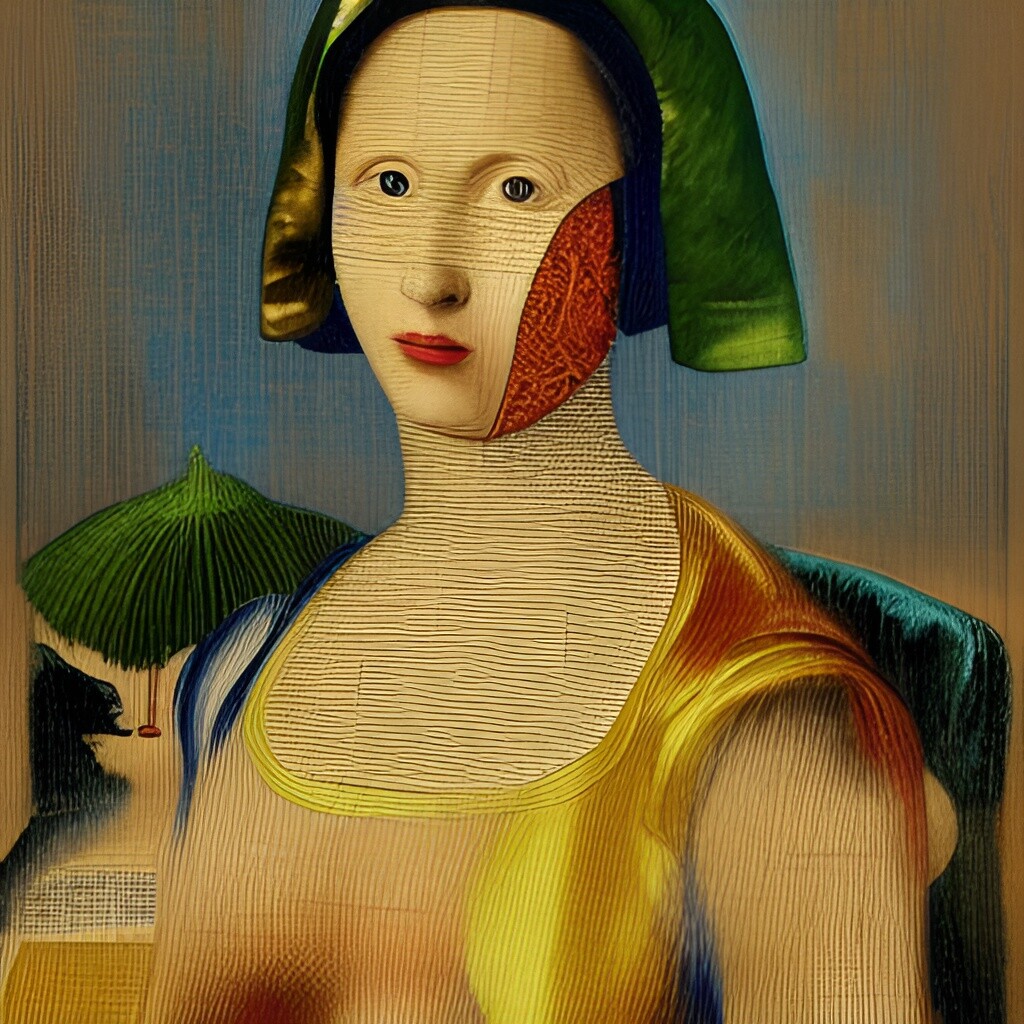
However, others think that AI will never be able to replace the creativity and soul of art. They argue that art is about so much more than just technical proficiency – it’s about creativity, emotion, and expression. To truly appreciate a work of art, they say, you need to understand the artist’s intention and how it was created. With machine-generated art, it would be impossible to know the artist’s intention or process. As a result, many people believe that AI-created art will always lack the depth and feeling of traditional artwork.
One thing is for sure: AI is already making its mark on the art world.
Will AI art generators replace human artists?
Can AI really create something as meaningful and emotional as a human-made work of art?
Some argue that while AI may be able to mimic certain artistic techniques, it will never have the same depth of emotion and understanding as a human artist. Others believe that AI could even surpass human creativity, given enough time and data to learn from. Some say that the use of technology in creating the piece is just another tool, like a paintbrush or pencil, and should be viewed as such.

It isn’t a new concept that when new technology emerges, there is fear and resistance from those who are used to traditional methods. But eventually, these technologies become commonplace and even enhance our lives in unexpected ways.
Let’s consider the camera, for example. When it was first invented, there were fears that it would replace painters and render their skills obsolete. But instead, the camera allowed artists to capture moments and references in ways they never could before, leading to new artistic explorations and innovations. Traditional artists still thrived and the evolution of this new technology increased the value and appreciation for their work. New genres of art even emerged, like photography and film.
So, what if instead of looking at AI as the “artist” we view it as a collaborator – working alongside human artists and creatives to create something truly unique? Does this bridge the gap between man and machine in the creative process?
AI can assist the artist in their creative process and add new dimensions to their artwork. In fact, some artists are already beginning to incorporate AI into their work. Perhaps the future of art lies not in replacing human artists and traditional artistry, but in finding a balance between traditional methods and technological advancements.
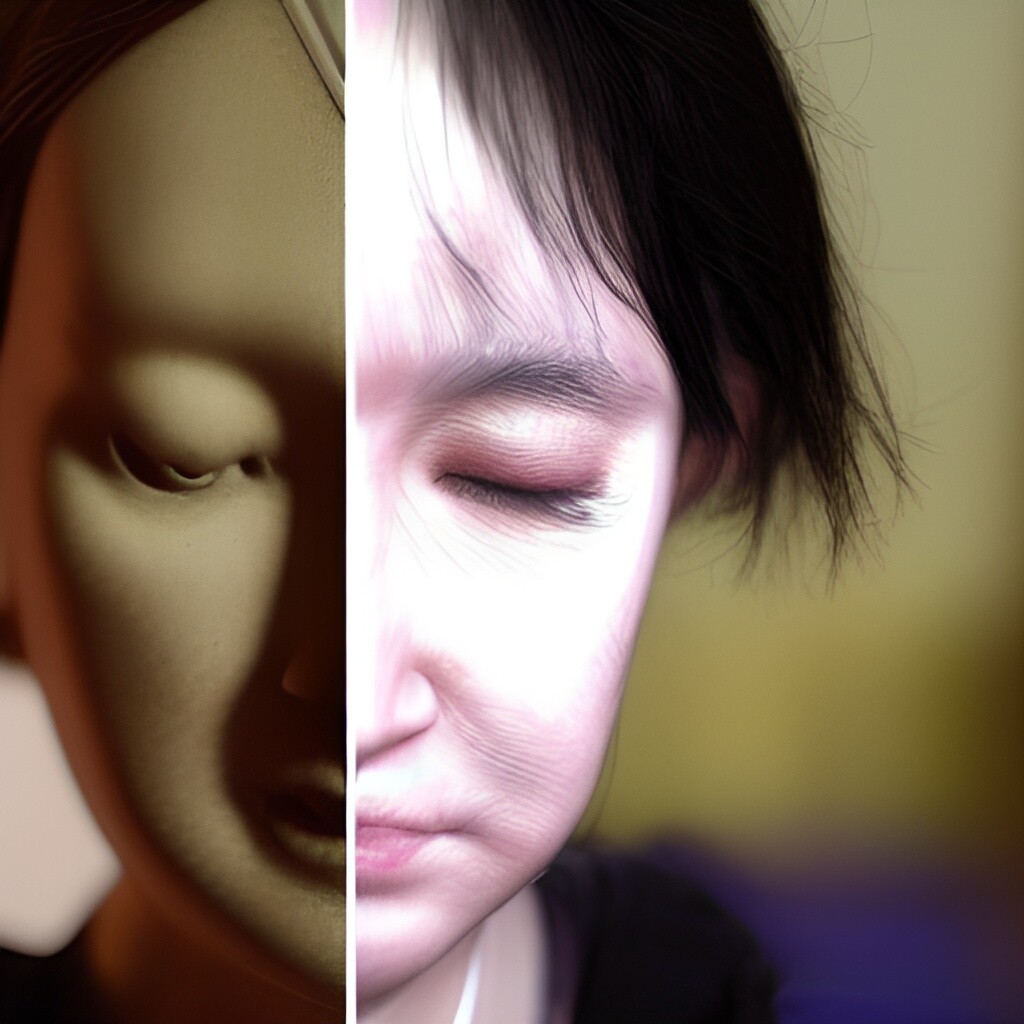
Regardless of where you stand on the AI in art debate, it’s clear that technology is becoming more and more integrated into the creation of art. From digital photography to 3D printing, artists are finding new ways to push the boundaries and expand their creative potential.
While AI may never truly replace human creativity, it can certainly enhance and supplement it. AI can offer unique perspectives and inspiration, leading to exciting new possibilities in the world of art. As with any tool, it’s up to the artist to use it wisely and thoughtfully.
Questions to consider about the impact of AI on Art
Thinking about the impact of AI on art may be a daunting concept, but it’s also an exciting one.
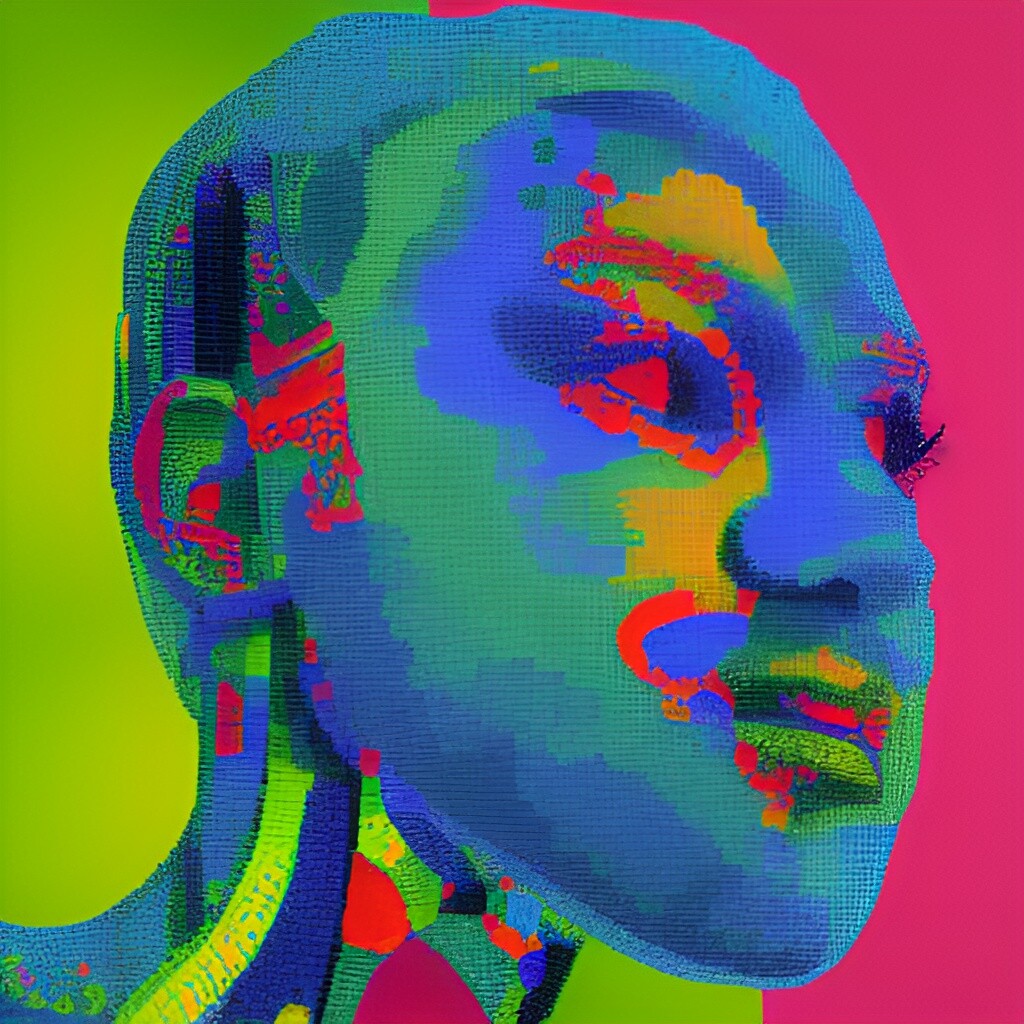
As the debate rages on, many great questions are being posed that are worth discussion and contemplation:
- Can AI truly understand and express emotion in a piece of art?
- Will AI-created artwork have the personal touch and unique style that come from a human artist?
- What will happen to traditional artists if AI becomes widely used in the art world? Will they be replaced by machines?
- Can AI-created artwork truly be considered “original” or will it always just be imitating what it has seen before? Is human artwork “original” or will it always be influenced by imitating what we have seen before?
- Will the use of AI in art devalue the entire industry, as anyone can now create technically proficient pieces with a click of a button?
- Does using AI in art take away from the creative process and make it too easy?
- Will AI-created artwork lack the depth, meaning, and purpose that traditional artwork possesses?
- Can AI truly understand the concept of aesthetics and beauty in art?
- How will copyright laws apply to AI-created artwork? Who owns the rights to the piece – the artist or the machine?
- Will AI ever be able to fully replace human artists, or will it always just aid and enhance their creative process?
- Can AI-created artwork accurately reflect and comment on society, culture, and current events in the same way human artwork can?
- How will galleries and museums display and curate AI-created art? Will it be given its own separate category or showcased alongside traditional artwork?
- How does the use of AI in art affect the job market for artists? Will it lead to unemployment or will it create new opportunities?
- How will AI impact the art education system and the way we teach and learn about art?
- Can AI-created artwork truly be considered “art” or is it just a technical accomplishment?
- How much control does the artist have over the creative process when using AI as a tool?
- Will AI-created artwork have the same cultural and historic significance as traditional artwork?
- How will the use of AI in art change the way we define and perceive creativity?
- Can AI create completely original ideas or will it always just be imitating and building upon past ideas and influences?
- How will the use of AI in art change the way we experience and interact with artwork as viewers and consumers?
- How can we ensure that AI-created artwork is ethically produced and not biased or discriminatory?
- Will AI ultimately limit or expand our understanding and interpretation of art?
- Can AI truly be considered an “artist” in the same sense as a human creator?
- How will the use of AI change the art industry and the way we view and consume artwork?
- How should AI-created artwork be evaluated and judged in art competitions and exhibitions?
- Can AI-created art spark deep thought and provoke meaningful conversations like traditional artwork does?
- How will AI impact the job market for artists, galleries, curators, etc.?
- How will AI change the relationship between artist and audience?
- Will AI-created artwork have the same emotional impact and resonance as traditional artwork?
- How will AI ultimately affect the future of art as a whole?
- Is it ethical to attribute the creation of a piece of art solely to AI, without acknowledging the human programmers and developers behind it?
- Can AI truly understand the creative process and the intentions behind a piece of art, or will it always be lacking that deeper understanding?

Final Thoughts
At the end of the day, only time will tell if AI will become a major player in the world of art. But one thing is for sure: whether we like it or not, AI is making its way into many industries and will continue to do so in the future. It’s up to us as a society to decide how we want to integrate AI into our lives and industries – including the world of art.
AI art generators are certainly shaking up the art world and forcing us to rethink what it means to be a “creator.” As technology continues to advance, it will be interesting to see how AI affects the future of art. However, one thing remains true: art will always be a reflection of the human experience, and as long as there are human artists creating work, AI will never fully replace them.
Every act of creation is first an act of destruction.
Pablo Picasso
As AI artwork continues to develop and evolve, the definition of “traditional art” may also change and expand. Only time will tell if AI truly has a future in the art world, but one thing is clear: it’s an exciting time to be creating and experiencing art. As artist Pablo Picasso once said, “every act of creation is first an act of destruction.” Perhaps AI’s influence on art may lead to the destruction of traditionally held beliefs of what makes something “art” and the birth of something entirely new and unexpected is on the horizon. Only time will tell.
What do you think? Will AI ever truly be able to replace traditional artists or will it always lack the emotion and personal touch of human-made artwork?
Leave your thoughts in the comments below.


